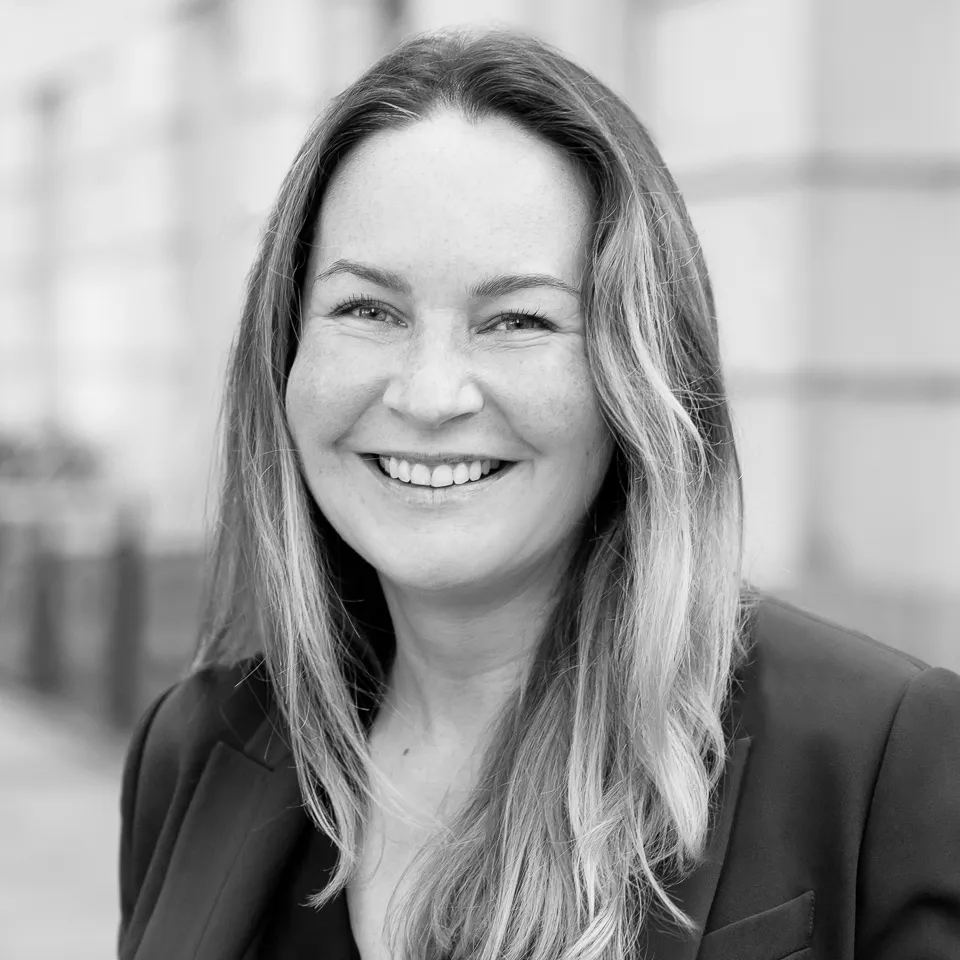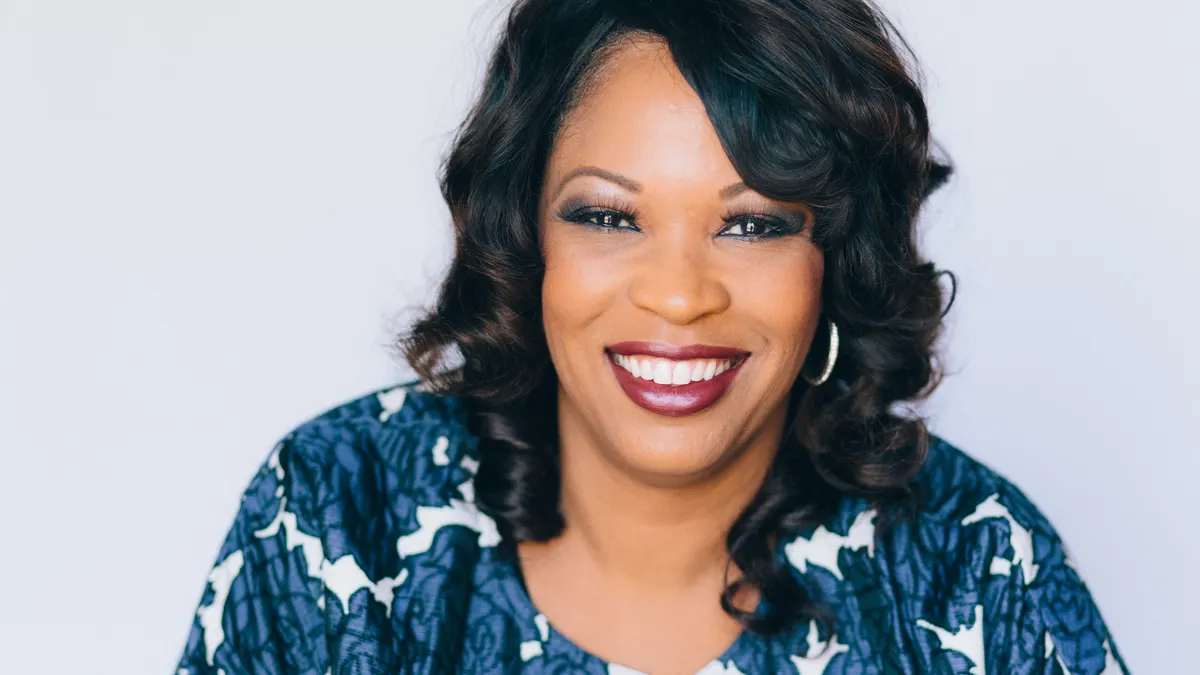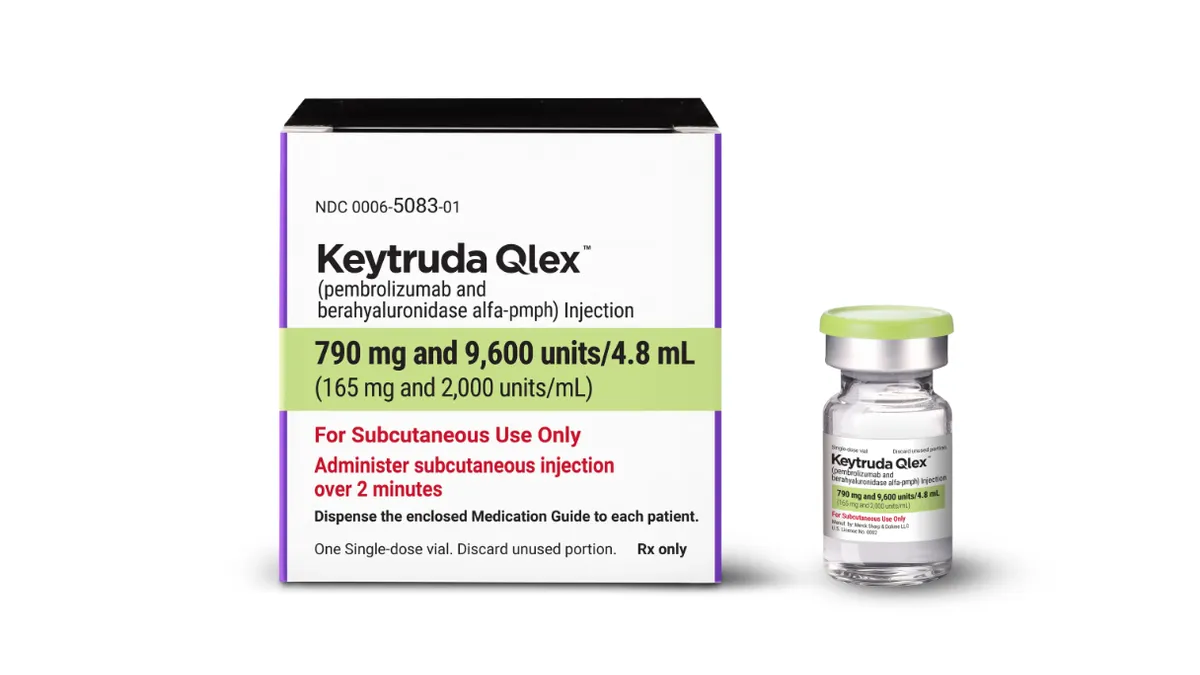Imagine this: You’re newly retired and are ready to become a “snowbird,” spending your winters in sunny Florida and your summers in the northern U.S. Then, you receive a diagnosis for a disease with a treatment that is enrolling patients in clinical trials near you. However, to participate, you would have to trade in your flip flops for snow boots indefinitely.
It’s a problem that’s more common than you might think, David MacMurchy, CEO of the clinical research solutions provider Lightship, said. Geographic barriers like this can often deter people from enrolling in clinical trials — and it’s one reason many in the industry have turned to decentralized study models, which allow for enrollment of a more diverse patient pool who might not otherwise be able to participate.
It's also one of the key barriers to trial access, FDA Commissioner Robert Califf said during the Milken Institute’s Future of Health Summit in early December, noting that it particularly limits participation for people in rural areas.
“If you live in a rural place three hours from the nearest endocrinologist and you have hard-to-treat diabetes, that's a big problem,” he said.
Many in the industry are attempting to close this gap by making it easier for patients to access trials in their day-to-day lives. Earlier this year, CVS Health inked a partnership with the decentralized clinical trials software company Medable to help patients enroll and participate in trials right at the pharmacy counter, and Walgreens launched a similar clinical trials business with partner Pluto Health in June.
Lightship is taking a slightly different approach by meeting patients where they are — literally. Self-described as a “virtual-first” clinical research provider, Lightship aims to design accessible trials using hybrid designs that cater to patient needs. In some instances, it even uses tour-bus-sized “mobile research units” to bring the clinical site directly to patients who might otherwise not be able to participate in a trial that could not be conducted virtually.
"We've really focused on how we create the continuity of care through the clinical trial to build that comfort with the patient populations."

David MacMurchy
CEO, Lightship
In pursuit of its goal, Lightship announced a partnership with the digital health company Acclinate earlier this year to improve engagement among communities of color in a neurology clinical trial — a move it hopes could lead to longer lasting relationships with the groups it serves. The collaboration leverages Acclinate’s #NowIncluded diverse digital community and Lightship’s trial design approach to enroll and retain patients in the trial.
Here, Scott and MacMurchy discuss the company’s approach to eliminating barriers in trial enrollment, how it’s building trust within communities and why developing long-term, care-based relationships with trial participants is important.
This interview was edited for brevity and style.
PHARMAVOICE: Tell me about Lightship’s virtual-first approach.
David MacMurchy: We think about three main areas that are important. So, access — and access is defined as you can live anywhere and be in a clinical trial. Historically, and largely today, if you don't live near a site or a clinic, it's really hard for you to get onto a trial and that plays out in a number of different ways.
The second thing is virtual first supports choice, which is (about) where you can receive your trial treatment. Within the restrictions of the (trial) protocol, can you receive the treatment in a clinic, can you receive it at home, or can you receive it in a third place — a mobile unit, a local community center, or a room in your place of work if that's convenient?
If you create access for all patients, regardless of where they live and you create choice around when and where they can receive your trial, our thesis is you start to drive a real increase in diversity and deal with the equity challenge that exists in clinical trials. Today, that equity challenge is summed up as basically the lowest socioeconomic people do not have access to clinical trials and the disproportionate number of people of color in the lowest socioeconomic profile means that if you're poor, and you're a person of color, it's much harder for you get access to clinical trials. That's what we're trying to solve.
How does the mobile research unit fit into that?

Rachael Scott: Many people actually don't want someone coming into their home but then, equally, the (clinical or academic) site is geographically too far from them. This is about being able to create an extension of that site and take it into a community where people can go to somewhere that is a high-grade, clinical-fitted unit and feel that they're part of something, feel that they're respected by just the way in which the unit was set up. But it's not in their home, so it's closer in proximity but it's not overstepping the mark.
MacMurchy: The other component, which we're piloting right now, is reaching out to communities where they are. If you think of populations who have historical mistrust in the system, being able to go and work with those communities — the community leaders and nurses — and building more trust and access to those populations is something that we're very excited about.
How do you build trust with communities that might have a historical distrust of the healthcare system? What is that process of working with those community leaders and working with patients like?
Scott: The process isn't fast. There's no silver bullet to this.
MacMurchy: I think that's a really good point. Everyone thinks we should just be able to do something and turn it on and make it work. But it is years and years of history and that takes a long time to correct. When we think about this, and part of the reason we are working with Acclinate as partners, it's about building long-term relationships in communities. I think if we go into this and say, ‘We're going to go to these communities to find people to be on our trial,’ that is absolutely the wrong way to think about it. The right way to think about it is: We want to create access to innovative medicines for all the population. And we want them to feel comfortable. We don't ask, ‘Do you trust us? Do you trust the system?’ We say: ‘Do you feel comfortable with this?’ And I think that's really meeting people where they are.
How do you create that comfortability with trial participants?
MacMurchy: Two things are important. No one should be left behind. We're not coming in to help you and then leaving. When I first started in this (field), they would call (trial participants) subjects by randomization. And then we started talking about ‘Well, you know, they are patients.’ Ultimately, whether you're a subject of randomization or a patient, you're a person. We're putting drugs into people, who happen to be patients, who happen to be randomized subjects in a clinical trial. If we use language like ‘You're a subject,’ and ‘We're going to randomize you in this clinical trial,’ it just feels so cold and it's got all the wrong connotations. I think understanding the language that fits with populations is really important.
One of the things that we do for that is, our nurses act as the patient contact through the study. When a patient says they want to be on a study with Lightship, one of our nurse coordinators contacts them, and that is the single point of contact for that patient all the way through the study. So the person who turns up at their home, the person who meets them in the mobile research unit, the person who speaks to them on the phone, the person they can contact through the app, it remains that same person. I think one of the reasons we have such high rates of people feeling comfortable by being in a Lightship study is because of that. We've really focused on how we create the continuity of care through the clinical trial to build that comfort with the patient populations.
What does it look like to build these long-term relationships?
MacMurchy: When we think about long-term care and infrastructure, it's not necessarily Lightship. What we're seeing is more clients recognizing that there is a moral obligation to continue care post trial. We're trying to achieve a shift, which is serving underserved populations or low socioeconomic patients. If you're incredibly wealthy, and you're on a clinical trial and the trial ends, you have the insurance to continue to pay for that care. If you don't have the insurance that covers that care when the trial ends because you're in the lowest socioeconomic profile, there’s a real challenge there. We're really excited about working with (clients) on thinking about long-term care programs, post-trial treatment, and that's working with the community, it's working with pharmaceutical companies, it's working with insurers, you know, it's a much bigger thing than Lightship. It's something that as an industry and a world we need to address as a moral obligation to continue that quality of care for patients.

















